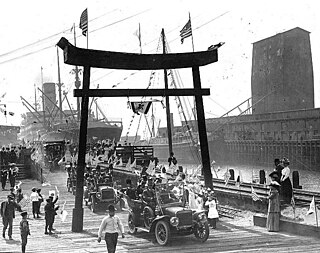 W
WThere is a population of Japanese Americans and Japanese expatriates in Greater Seattle, whose origins date back to the second half of the 19th century. Prior to World War II, Seattle's Japanese community had grown to become the second largest Nihonmachi on the West Coast of North America.
 W
WThe Chinatown–International District of Seattle, Washington is the center of Seattle's Asian American community. Within the Chinatown International District are the three neighborhoods known as Seattle's Chinatown, Japantown and Little Saigon, named for the concentration of businesses owned by people of Chinese, Japanese and Vietnamese descent, respectively. The geographic area also once included Seattle's Manilatown. The name Chinatown/International District was established by City Ordinance 119297 in 1999 as a result of the three neighborhoods' work and consensus on the Seattle Chinatown International District Urban Village Strategic Plan submitted to the City Council in December 1998. Like many other areas of Seattle, the neighborhood is multiethnic, but the majority of its residents are of Chinese ethnicity. It is one of eight historic neighborhoods recognized by the City of Seattle. CID has a mix of residences and businesses and is a tourist attraction for its ethnic Asian businesses and landmarks.
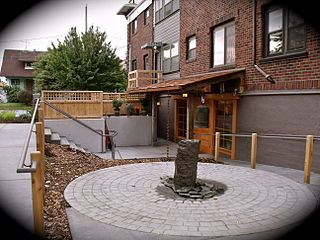 W
WDai Bai Zan Cho Bo Zen Ji is a Rinzai-style Zen temple, located on North Beacon Hill in Seattle, Washington. Its name translates from Japanese as "Listening to the Dharma Zen Temple on Great Plum Mountain."
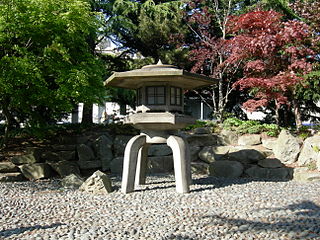 W
WKobe Terrace is a 1-acre (4,000 m2) public park in the International District neighborhood of Seattle, Washington. It incorporates the Danny Woo International District Community Garden. Named after Kobe, Seattle's sister city in Japan, it occupies most of the land bounded on the west by 6th Avenue S., on the north by S. Washington Street, on the east by Interstate 5, and on the south by S. Main Street.
 W
WThe Long Journey Home was a ceremonial event held at the main campus of the University of Washington on May 18, 2008, commemorating the Japanese American students who, due to the passage of Executive Order 9066 in 1942, were forced to leave the school and live in internment camps in the western United States. For nearly seventy years, many Japanese Americans were unable to return to the university to complete their education. Some attended at other universities, while others were forced to end their college career early because of financial reasons. In order to recognize the Japanese American students affected by the government's decision, the University of Washington carried out a ceremony "to honor the students and to educate current and future generations about the grievous national tragedy" by incorporating guest speakers and video memoirs while the students honored at the day's ceremony were given honorary degrees from the University of Washington.
 W
WThe Nippon Kan Theatre is a former Japanese theater in Seattle, Washington, United States. It is located in the Kobe Park Building at 628 S. Washington Street, in the former Japantown section of Seattle's International District.
 W
WThe North American Post is a newspaper based in Seattle, Washington's International District. It was founded in 1902 and is the largest and oldest Japanese-language newspaper published in the Pacific Northwest.
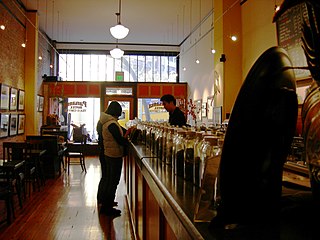 W
WThe Panama Hotel in Seattle, Washington's International District was built in 1910. The hotel was built by the first Japanese-American architect in Seattle, Sabro Ozasa, and contains the last remaining Japanese bathhouse (sento) in the United States.
 W
WSeattle Betsuin Buddhist Temple is a Japanese Jodo Shinshu Buddhist temple in Seattle, Washington, USA, and a member of the Buddhist Churches of America.
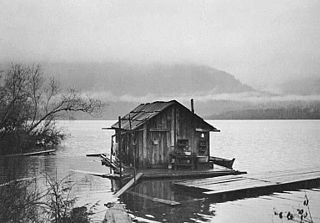 W
WThe Seattle Camera Club (SCC) was an organization of photographers active in Seattle, Washington, during the 1920s. It was founded in 1924 by Japanese immigrants and thrived for the next five years. The SCC was the only Japanese American photography club to include both Caucasians and women photographers as members, and because of their inclusivity their members were among the most exhibited photographers in the world at that time.
 W
WThe Seattle Dojo is located at 1510 S. Washington in the Squire Park neighborhood of Seattle, Washington. It is the oldest judo dojo in the continental United States, having been founded sometime before 1907 in what is today the International District.
 W
WUwajimaya, Inc., doing business as Uwajimaya Asian Grocery & Gift Markets , is a family-owned supermarket chain with its corporate headquarters in the Industrial District, Seattle, Washington, and with locations in Greater Seattle and Oregon. Uwajimaya sells mainly Asian food—with an emphasis on Japanese—though it also stocks Western staples. The flagship store is in Seattle's Chinatown/International District with three other stores in Beaverton, Oregon, Bellevue, Washington and Renton, Washington. From 1968 to 1991 there was another store in the Southcenter Mall in Tukwila, Washington.